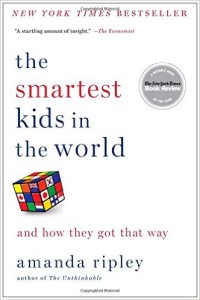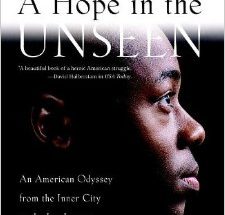In her 2013 book, The Smartest Kids in the World, and How They Got That Way, Samantha Ripley, draws comparisons between the relatively successful education systems in three countries Finland, Poland and South Korea, touching the subjects of testing, surveys, homogeneous societies, teacher qualifications, history and government reforms.
Ripley writes about the experiences of three American students who studied in those countries for one year and describes their experiences in classrooms, in after school activities and with their peers. Along with groundbreaking research of her own, Ripley reveals a pattern of transformation as teaching became more rigorous, and as parents focused on things that mattered.
“In Math, the average score placed the United States twenty-sixth in the world, below Finland (third), Korea (second), and Poland (nineteenth),” writes Ripley, guiding readers to wonder why such disparity exists on the Programme for International Student Assessment exams. In explaining how the education system works on those three countries, Ripley sheds light into why Americans might be behind.
In Finland, we learn, there is a great value placed on education. Teachers are highly qualified, standardized tests are rarely given and and kids have more free time. “Finland,’ writes Ripley, “was desperate to modernize, and the country’s leaders agreed that education was the only thing that could save their country from being left behind.” Education reform was crucial for the country’s success.
In South Korea, a country that has some of the highest average test scores in the world, Eric, a Minnesota teenager, was surprised when he showed up to class to find one-third of the students were asleep. They were recovering from their evening tutoring academies called hagwons. “They spent more than twelve hours there every weekday,” Ripley writes, “and they already went to school almost two months longer than kids back in Minnesota. His classmates slept in their classes for one primal reason: because they were exhausted.”
In Poland, Tom, was surprised when the teacher announced students’ test scores in class. Ripley explains, “Kids in Poland were used to failing, it seemed. The logic made sense. If the work was hard, routine failure was the only way to learn.”
Ripley’s book is a must read for parents, educators and policymakers interested in understanding why students in other countries perform well.




